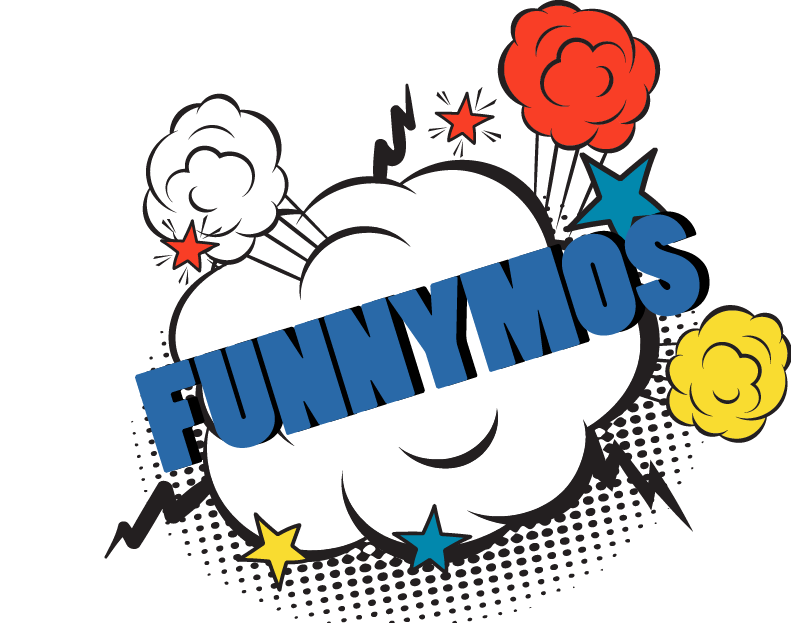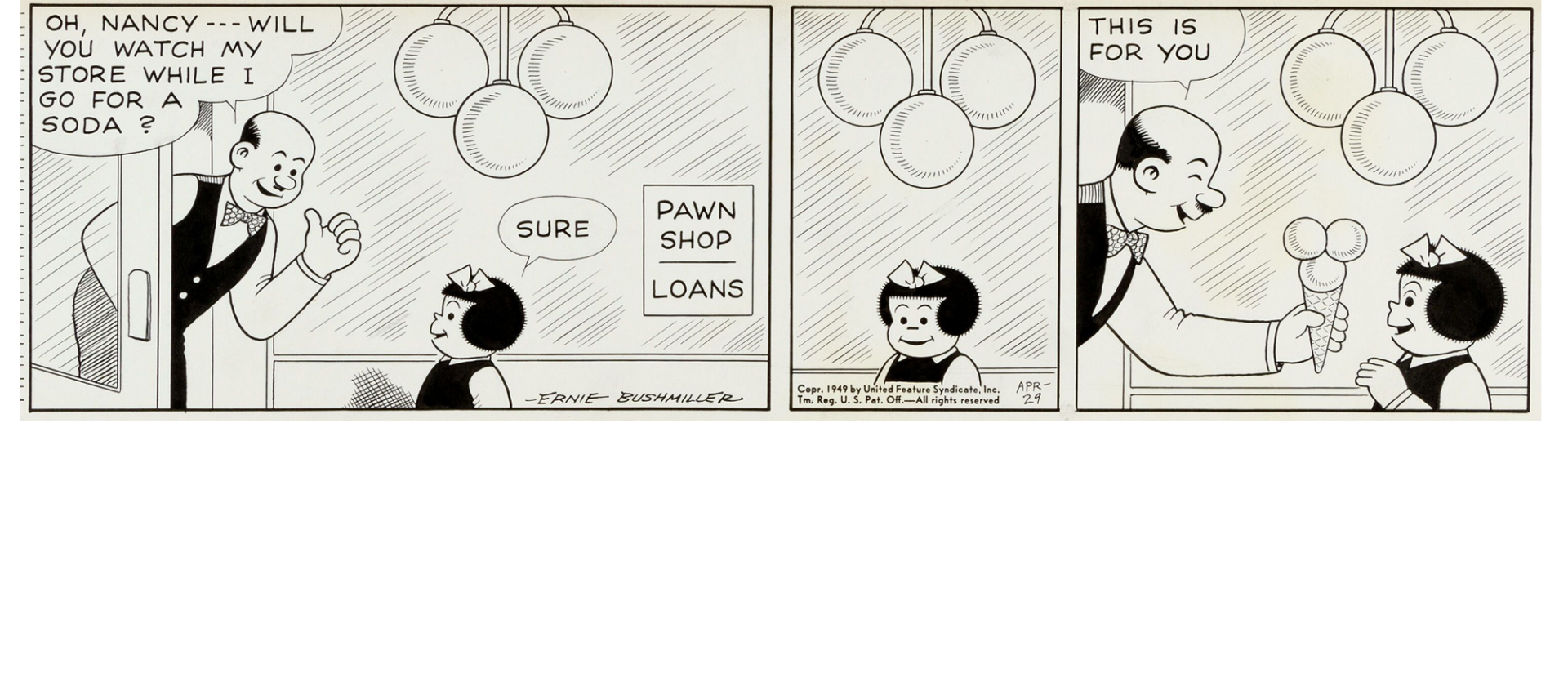#1: The Swiss Spaghetti Harvest
In 1957 the respected BBC news show Panorama announced that thanks to a very mild winter and the virtual elimination of the dreaded spaghetti weevil, Swiss farmers were enjoying a bumper spaghetti crop. It accompanied this announcement with footage of Swiss peasants pulling strands of spaghetti down from trees. Huge numbers of viewers were taken in, and many called up wanting to know how they could grow their own spaghetti trees. To this question, the BBC diplomatically replied that they should “place a sprig of spaghetti in a tin of tomato sauce and hope for the best.”
#2: Sidd Finch
In its April 1985 edition, Sports Illustrated published a story about a new rookie pitcher who planned to play for the Mets. His name was Sidd Finch and he could reportedly throw a baseball with startling, pinpoint accuracy at 168 mph (65 mph faster than anyone else has ever been able to throw a ball). Surprisingly, Sidd Finch had never even played the game before. Instead, he had mastered the “art of the pitch” in a Tibetan monastery under the guidance of the “great poet-saint Lama Milaraspa.” Mets fans everywhere celebrated at their teams’s amazing luck at having found such a gifted player, and Sports Illustrated was flooded with requests for more information. But in reality this legendary player only existed in the imagination of the writer of the article, George Plimpton.
#3: Instant Color TV
In 1962 there was only one tv channel in Sweden, and it broadcast in black and white. The station’s technical expert, Kjell Stensson, appeared on the news to announce that thanks to a newly developed technology, all viewers could now quickly and easily convert their existing sets to display color reception. All they had to do was pull a nylon stocking over their tv screen, and they would begin to see their favorite shows in color. Stensson then proceeded to demonstrate the process. Reportedly, hundreds of thousands of people, out of the population of seven million, were taken in. Actual color tv transmission only commenced in Sweden on April 1, 1970.
#4: The Taco Liberty Bell
In 1996 the Taco Bell Corporation announced that it had bought the Liberty Bell from the federal government and was renaming it the Taco Liberty Bell. Hundreds of outraged citizens called up the National Historic Park in Philadelphia where the bell is housed to express their anger. Their nerves were only calmed when Taco Bell revealed that it was all a practical joke a few hours later. The best line inspired by the affair came when White House press secretary Mike McCurry was asked about the sale, and he responded that the Lincoln Memorial had also been sold, though to a different corporation, and would now be known as the Ford Lincoln Mercury Memorial.
#5: San Serriffe
In 1977 the British newspaper The Guardian published a special seven-page supplement in honor of the tenth anniversary of San Serriffe, a small republic located in the Indian Ocean consisting of several semi-colon-shaped islands. A series of articles affectionately described the geography and culture of this obscure nation. Its two main islands were named Upper Caisse and Lower Caisse. Its capital was Bodoni, and its leader was General Pica. The Guardian’s phones rang all day as readers sought more information about the idyllic holiday spot. Few noticed that everything about the island was named after printer’s terminology. The success of this hoax is widely credited with launching the enthusiasm for April Foolery that then gripped the British tabloids in the following decades.
From Museum Of Hoaxes . To see the whole top 100 click here.

